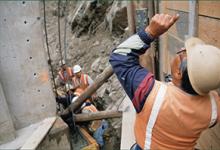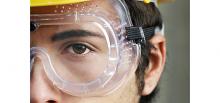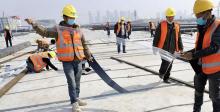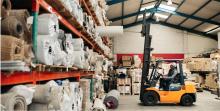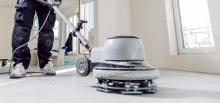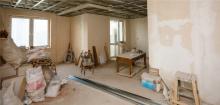
Drywall is used to form the inside walls of buildings and houses. It requires sanding, which results in a large amount of dust. Demolition of old drywall also generates a considerable amount. Drywall dust is very fine and pervasive, with a consistency close to powder. Because of this, it can quickly and easily spread throughout your home.

